Tire Service Monitor System! Have you ever wondered if there’s a way to ensure safer driving and prolong the lifespan of your tires? The tire service monitor system (TPMS) has completely transformed the way we monitor tire pressure.
With TPMS technology, gone are the days of manual pressure checks and relying on guesswork. This revolutionary system provides real-time updates on tire pressure, alerting you to any deviations from optimal levels.
Say goodbye to underinflated tires and unexpected blowouts on the road.
Contents
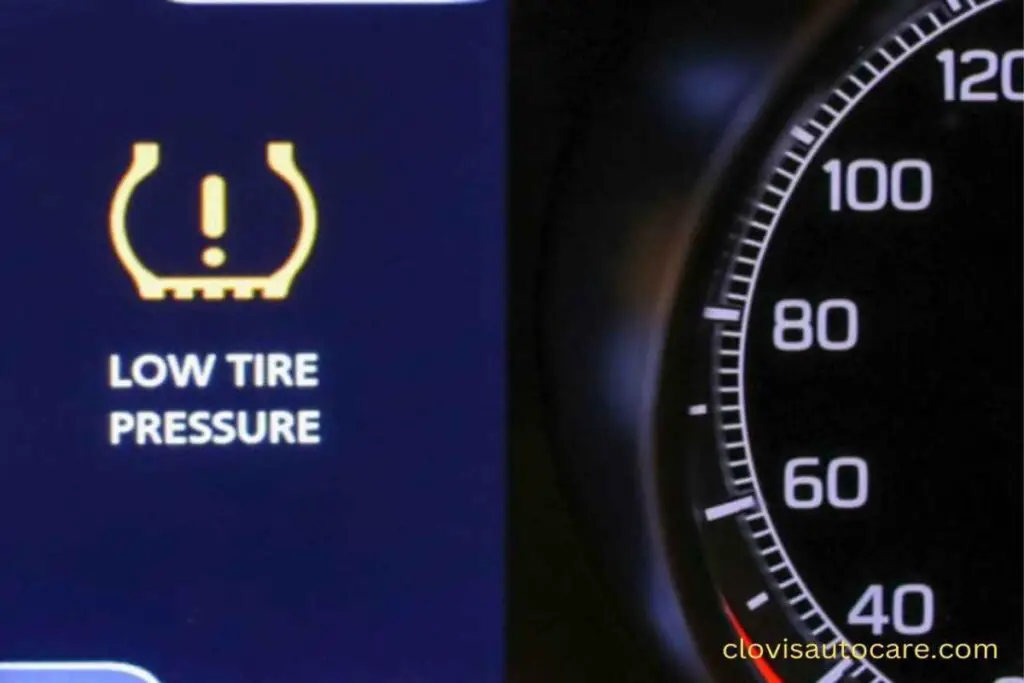
What is tire service monitor system?
A TPMS system, or Tire Pressure Monitoring System, is an electronic system that keeps an eye on the pressure of your tires in real-time. It’s like having a little helper inside your car that makes sure your tires are in good shape.
The TPMS system uses sensors placed inside each tire to monitor the air pressure. If the pressure drops below a certain level, it sends a signal to your car’s dashboard and alerts you with a warning light or sound. This way, you can take action before things get worse.
Having a TPMS system is super important because it helps prevent accidents caused by underinflated tires.
When your tires don’t have enough air, they become less efficient and can even blow out while you’re driving. That would be a major bummer!
But thanks to TPMS systems, you can stay on top of your tire pressure without having to manually check it all the time. It’s like having a personal tire doctor who always has your back.
Here are some key points about TPMS systems:
- They help improve safety on the road by alerting drivers when their tire pressure is low.
- They save money by preventing premature wear and tear on tires caused by improper inflation.
- They increase fuel efficiency because properly inflated tires require less energy to move.
- They are required by law in many countries for new vehicles.
So next time you see that little warning light pop up on your dashboard, don’t ignore it! Your TPMS system is trying to tell you something important about the health of your tires.
Importance of Proper TPMS Installation and Maintenance
Proper installation of a tire pressure monitoring system (TPMS) is crucial to ensuring accurate readings from the TPMS sensors. When the system is installed correctly, it can effectively monitor tire pressure and provide timely alerts when there is a drop in pressure.
This helps to prevent potential tire damage or accidents caused by underinflated tires.
Reliable Performance through Regular Maintenance
Regular maintenance of the TPMS guarantees its reliable performance. By following recommended maintenance schedules, such as checking sensor batteries and ensuring proper sensor placement, you can ensure that the system functions optimally.
Neglecting these maintenance tasks may result in malfunctions or ineffective monitoring.
Avoiding False Alarms and Inaccurate Readings
Improper installation of the TPMS can lead to false alarms or inaccurate readings. For instance, if a sensor is not securely attached or calibrated incorrectly, it may trigger false warnings about low tire pressure.
This can be frustrating for drivers and may cause them to ignore genuine alerts in the future.
Ensuring Effective Monitoring
By prioritizing quality control processes during installation and adhering to regular maintenance routines, you can ensure effective monitoring of your tires’ condition.
This allows you to take prompt action if any issues arise, such as addressing low tire pressure before it leads to unsafe driving conditions.
Proper TPMS installation and regular maintenance are vital for accurate readings, reliable performance, avoiding false alarms or inaccurate readings, and ensuring effective monitoring of your tires’ condition.
By following these practices diligently, you can enhance your safety on the road while extending the lifespan of your tires.
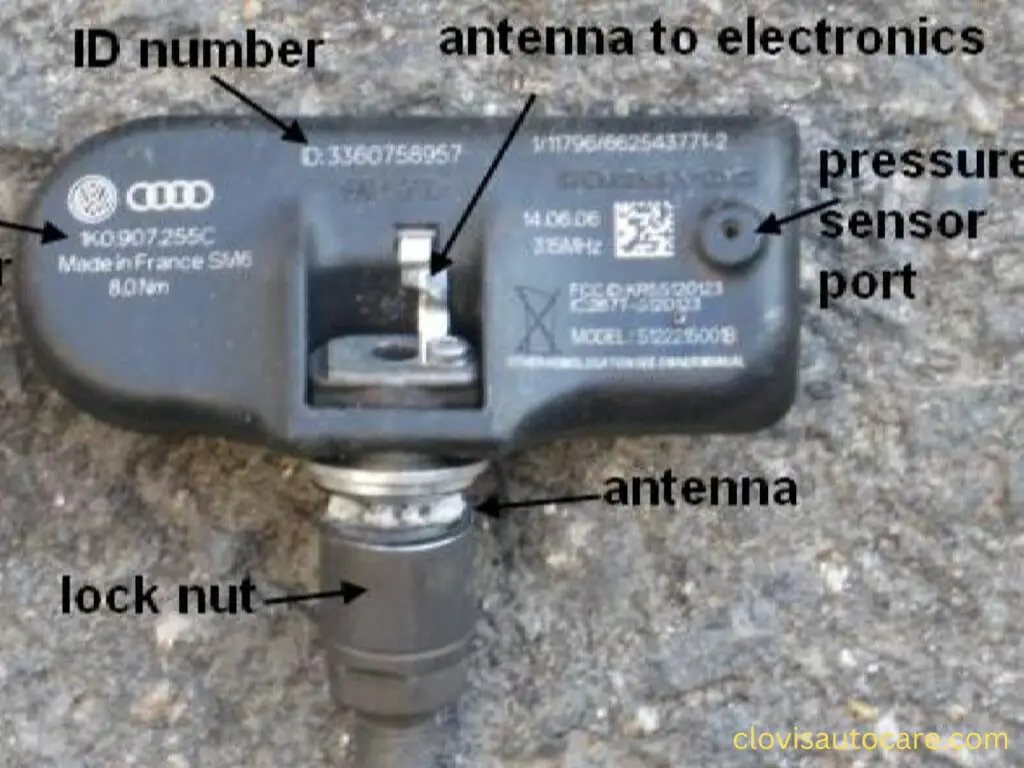
How To Fix Service Tire Monitor System
Tire Service Monitor System! To fix the Service Tire Monitor System, start by inspecting the sensor components for any visible damage or loose connections.
Look out for broken wires, corrosion, or any signs of wear and tear. If you notice any issues, it’s important to address them promptly.
Reset the System through Specific Procedures
If you encounter minor issues with the Service Tire Monitor System, a simple reset might do the trick.
To reset the Tire Pressure Monitoring System (TPMS), first ensure the correct tire pressure.
Most cars have a TPMS reset button under the steering wheel; press this for 3 seconds with the battery on but the engine off, then drive for 20–25 minutes.
Alternatively, drive at 50 mph for 10 miles, or disconnect and reconnect the car battery. Always refer to your vehicle’s manual for specific instructions.
This can often resolve common problems like false alerts or inaccurate readings.
Consult a Professional Technician if Troubleshooting Steps Fail
If troubleshooting steps haven’t resolved the issue with your Service Tire Monitor System, it’s time to seek professional help. Contact a trusted technician who specializes in tire maintenance and monitoring systems.
They have the expertise and tools necessary to diagnose and fix more complex problems.
Regularly Update Software and Firmware
To ensure optimal performance of your Service Tire Monitor System, it’s crucial to regularly update its software and firmware. Manufacturers often release updates that address compatibility issues and improve system functionality.
Check for updates on their official website or consult with a technician who can assist you in performing these updates.
By following these steps, you can effectively fix common issues with your service tire monitor system without hassle. Remember to check for visible damage or loose connections first before attempting a reset.
If all else fails, don’t hesitate to reach out to a professional technician who can provide expert assistance. And always keep your system up-to-date by installing software and firmware updates as they become available.
How does a TPMS work?
A tire pressure monitoring system (TPMS) is a revolutionary technology that has transformed tire maintenance. There are two types of TPMS: direct and indirect.
Direct TPMS
Tire Service Monitor System! Direct TPMS uses sensors installed inside each tire to measure air pressure individually. These sensors constantly monitor the inflation levels and transmit the data wirelessly to the vehicle’s onboard computer system for analysis and alerts.
This real-time feedback allows drivers to stay informed about their tire pressure at all times.
Pros:
- Provides accurate and precise readings for each tire.
- Alerts drivers immediately when there is a drop in tire pressure, ensuring safety on the road.
Cons:
- Requires sensor installation in each tire, which can be costly.
- Sensors may require battery replacement over time.
Indirect TPMS
Indirect TPMS relies on wheel speed sensors that are already present in most vehicles. It estimates changes in tire pressure indirectly by monitoring variations in wheel rotation speed caused by underinflated tires.
The onboard computer system analyzes this data to determine if there is a potential issue with tire pressure.
Pros:
- There is no need for additional sensors, reducing costs.
- Can work with existing wheel speed sensors in most vehicles.
Cons:
- Less accurate compared to direct TPMS.
- May not provide real-time feedback or immediate alerts.
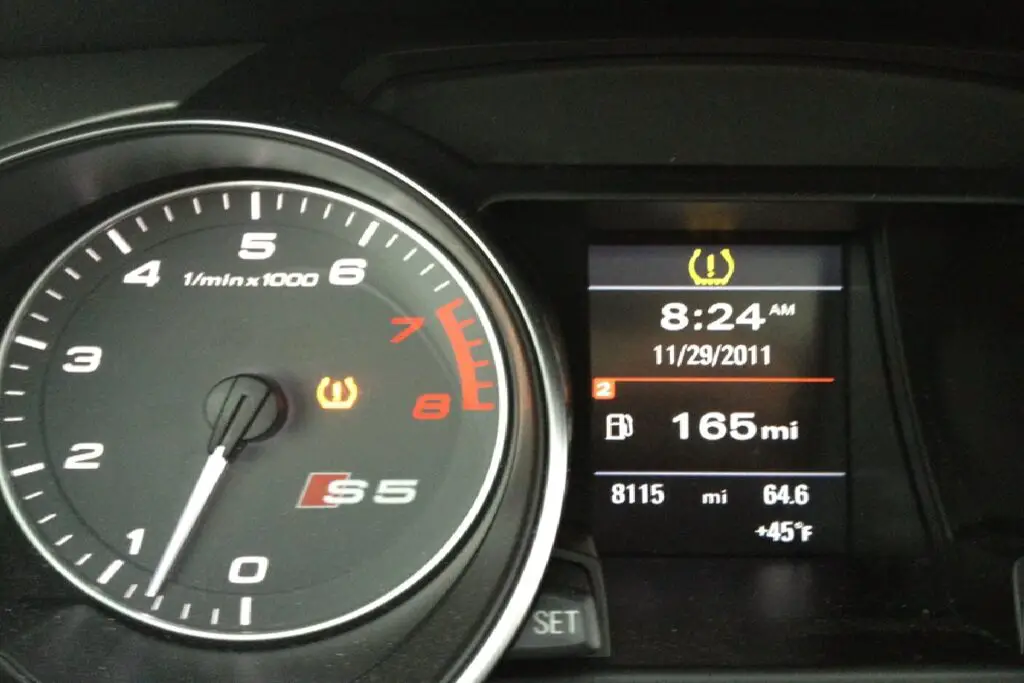
Why is my TPMS light blinking?
A blinking TPMS (Tire Pressure Monitoring System) light on your car’s dashboard can be a cause for concern. It’s like when your phone battery is about to die and it starts flashing a warning sign at you.
So, what does it mean when that little tire-shaped light starts blinking? Let’s find out!
Common Causes of a Blinking TPMS Light
- Faulty Sensors: One possible reason for the blinking light is that one or more of the sensors in your tires are not functioning properly. These sensors keep track of the tire pressure and send signals to the TPMS system.
- Low Battery Voltage: Another common cause could be low battery voltage in the sensors themselves. Over time, the batteries in these sensors may lose their charge, leading to communication errors with the TPMS system.
- Communication Errors: Sometimes, there can be issues with communication between the sensors and the main TPMS unit in your vehicle. This can result from interference or other technical glitches. which the reset procedure above can solve.
Why You Should Address It Promptly
It’s important not to ignore a blinking TPMS light because it indicates a potential problem with your tires or the monitoring system itself. Ignoring it could lead to safety risks while driving.
Professional Diagnosis is Recommended
When you encounter a blinking TPMS light, it’s best to have it checked by a professional technician who specializes in tire services. They have the expertise and equipment needed to diagnose and fix any issues with your TPMS system.
Remember, keeping an eye on your tires’ health is crucial for safe driving! So if that little tire-shaped light starts blinking at you, don’t delay—get it checked out!
Understanding the Features and Benefits of TPMS
One of the key features of a Tire Service Monitor System (TPMS) is its ability to provide real-time monitoring of tire pressure.
This means that you can keep a close eye on your tire’s inflation levels, ensuring they are neither too high nor too low. By maintaining optimal tire pressure, you greatly enhance safety on the road.
Optimizing Fuel Efficiency by Maintaining Proper Tire Inflation
Properly inflated tires are not only safer but also contribute to better fuel efficiency. With TPMS, you can ensure that your tires are always at the recommended pressure level, which helps reduce rolling resistance and improves gas mileage.
By keeping an eye on your tire’s inflation, you’ll be able to save money at the pump while also reducing your carbon footprint.
Extending Tire Lifespan by Preventing Premature Wear and Tear
Premature wear and tear can significantly shorten the lifespan of your tires. However, with TPMS in place, you can prevent this from happening.
The system constantly monitors tire pressure and alerts you if there are any deviations from the recommended levels. By promptly addressing any issues, such as underinflation or over inflation, you can avoid unnecessary wear and tear, thus extending the life of your tires.
Reducing the Risk of Blowouts and Improving Road Handling
Blowouts can be dangerous and lead to accidents on the road. Thankfully, TPMS helps reduce this risk by providing early warnings about potential issues with tire pressure.
By receiving timely alerts about underinflated or overinflated tires, you can take immediate action to rectify the problem before it escalates into a blowout situation. This not only enhances safety but also improves overall road handling.
How much does a TPMS sensor cost to replace?
Replacing a TPMS sensor can be quite an expense, but it’s important for maintaining the safety and performance of your vehicle. The cost of replacing a single TPMS sensor usually falls between $50 and $100 on average.
However, keep in mind that there are several factors that can influence the price.
One factor that affects the cost is the make and model of your vehicle. Different vehicles may require specific types of sensors, which can vary in price.
The type of sensor itself can impact the cost. There are original equipment manufacturer (OEM) sensors and aftermarket sensors available, each with its own price range.
In addition to the sensor itself, there may be additional costs involved in replacing a TPMS sensor. For instance, labor charges for installation or programming might apply.
It’s essential to consult with a professional technician to get accurate pricing information tailored to your specific vehicle and circumstances.
To summarize:
- The cost of replacing a single TPMS sensor typically ranges from $50 to $100.
- Factors such as vehicle make, model, and sensor type can influence the price.
- Additional costs, like labor charges for installation or programming, may apply.
- Consult with a professional technician for accurate pricing information.
Remember, investing in proper tire maintenance is crucial for your safety on the road. Keeping an eye on your tire pressure through a functioning TPMS system will help prevent accidents caused by underinflated tires.
Future Trends in Tire Monitoring
Advancements in technology have the potential to revolutionize tire maintenance and monitoring systems. Let’s take a look at some exciting future trends that could shape the way we assess and manage tire performance.
More accurate and efficient TPMS systems
Technology is constantly evolving, and this includes improvements in tire defect detection. In the future, we can expect even more accurate and efficient tire pressure monitoring systems (TPMS).
These systems will be able to detect not only tire pressure but also other important parameters such as tire wear, ensuring optimal performance and safety.
Integration with smart devices for real-time alerts
Imagine receiving real-time alerts about your tire’s condition directly on your smartphone. With advancements in technology, TPMS integration with smart devices is becoming a possibility.
This means that drivers will be instantly notified if there are any issues with their tires, allowing them to take immediate action before it becomes a major problem.
Predictive maintenance through artificial intelligence
Artificial intelligence (AI) has the potential to transform many industries, including the tire industry. By analyzing data collected from sensors, AI algorithms can predict when maintenance or replacement is needed based on patterns and trends. This proactive approach to maintenance can help prevent accidents caused by worn-out or defective tires.
Wireless charging capabilities for convenience
One of the inconveniences of current TPMS systems is the need for battery replacements. However, future trends suggest that wireless charging capabilities may eliminate this hassle altogether.
Imagine never having to worry about changing batteries again; simply park over a designated charging area, and your TPMS sensors will automatically charge wirelessly.
The future of tire monitoring looks promising with these advancements on the horizon. From more accurate detection of defects to real-time alerts on our smartphones, these innovations will undoubtedly enhance our safety on the road.
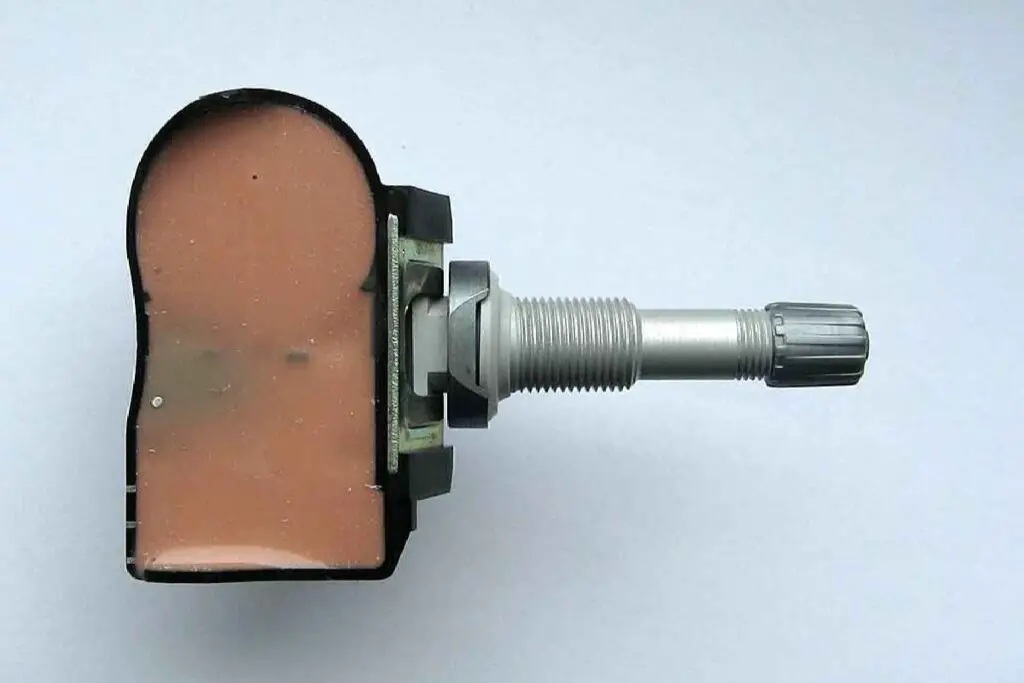
Integrating TPMS into Fleet Management Systems
Incorporating TPMS (Tire Pressure Monitoring System) into fleet management systems is revolutionizing tire maintenance and improving overall operational efficiency.
By integrating TPMS, fleet managers can now monitor tire pressure in real-time, allowing for proactive maintenance planning and reducing downtime.
One of the key benefits of integrating TPMS is enhanced fuel economy across the entire fleet. Accurate tire pressure data provided by the system ensures that tires are properly inflated, resulting in improved fuel efficiency.
When tires are underinflated, more energy is required to move the vehicle, leading to increased fuel consumption. With TPMS, fleet managers can closely monitor tire pressure and take prompt action to maintain optimal levels, ultimately saving on fuel costs.
Centralized monitoring is another advantage of integrating TPMS into fleet management systems. Instead of manually checking each vehicle’s tire pressure individually, a centralized system allows for easy tracking and monitoring of tire conditions across the entire fleet.
This simplifies maintenance processes and ensures compliance with safety regulations.
By utilizing TPMS as part of their fleet management systems, companies can proactively address potential issues before they become major problems.
For example, if a tire’s pressure drops below a certain threshold, an alert will be sent to the fleet manager, who can then schedule necessary maintenance or repairs. This proactive approach reduces unexpected breakdowns and improves overall vehicle reliability.
conclusion
Congratulations! You’ve now gained a comprehensive understanding of tire service monitor systems (TPMS) and how they are revolutionizing tire maintenance. By implementing a proper TPMS installation and maintenance routine, you can ensure optimal performance and safety for your vehicle’s tires.
Remember, a TPMS plays a crucial role in monitoring tire pressure and detecting any potential issues. It not only helps prevent accidents but also improves fuel efficiency and extends the lifespan of your tires.
So, don’t overlook the importance of regular TPMS checks and addressing any blinking TPMS light promptly.
In the future, we can expect even more advancements in tire monitoring technology as manufacturers continue to innovate. As fleet management systems integrate TPMS into their operations, it will streamline maintenance processes and enhance overall efficiency.
To stay ahead of the game, make sure you keep up with the latest trends in tire monitoring. Stay informed about new sensor technologies, software updates, and industry best practices. By doing so, you’ll be able to make informed decisions.
FAQ
1. How often should I check my tire pressure?
It is recommended to check your tire pressure at least once a month or before long trips. Properly inflated tires improve fuel efficiency, handling, and overall safety.
2. Can I rely solely on my vehicle’s TPMS?
While TPMS provides valuable information about your tire pressure, it is still important to manually check your tire pressure regularly using a gauge for accurate readings.
3. What should I do if my TPMS light keeps blinking?
If your TPMS light keeps blinking, it indicates an issue with one or more of your tires’ pressure levels or sensors. Check each tire’s pressure manually first; if they are within the recommended range, consult a professional technician for further inspection.
4. Are all TPMS sensors compatible with any vehicle?
No, TPMS sensors are not universal. They vary in terms of frequency, programming, and compatibility. It’s essential to ensure that the TPMS sensors you choose are compatible with your vehicle’s make and model.
5. Can I replace a TPMS sensor myself?
While you can replace a TPMS sensor yourself, we recommend a professional technician to do it because they have the necessary tools and expertise for proper installation and programming.
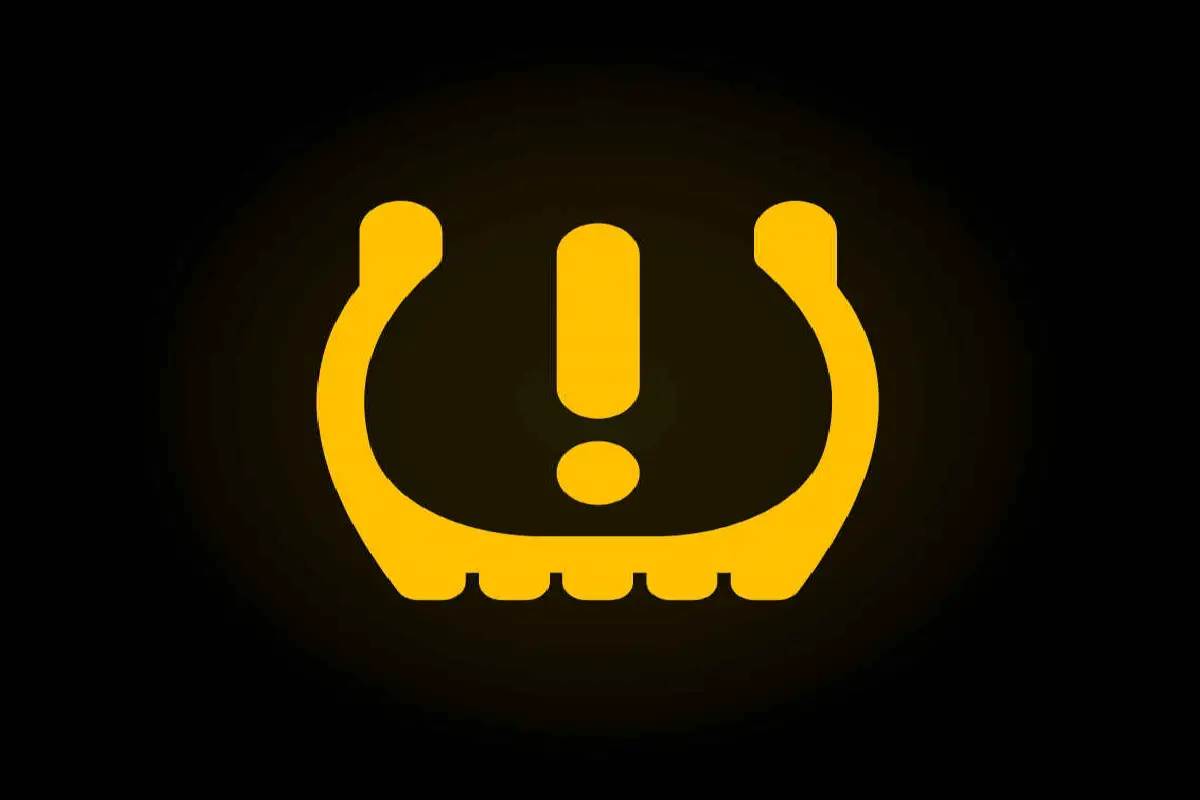

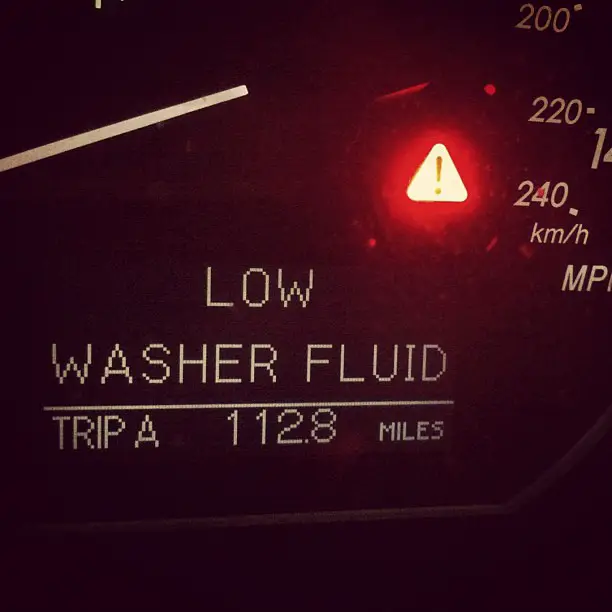

Leave a Reply